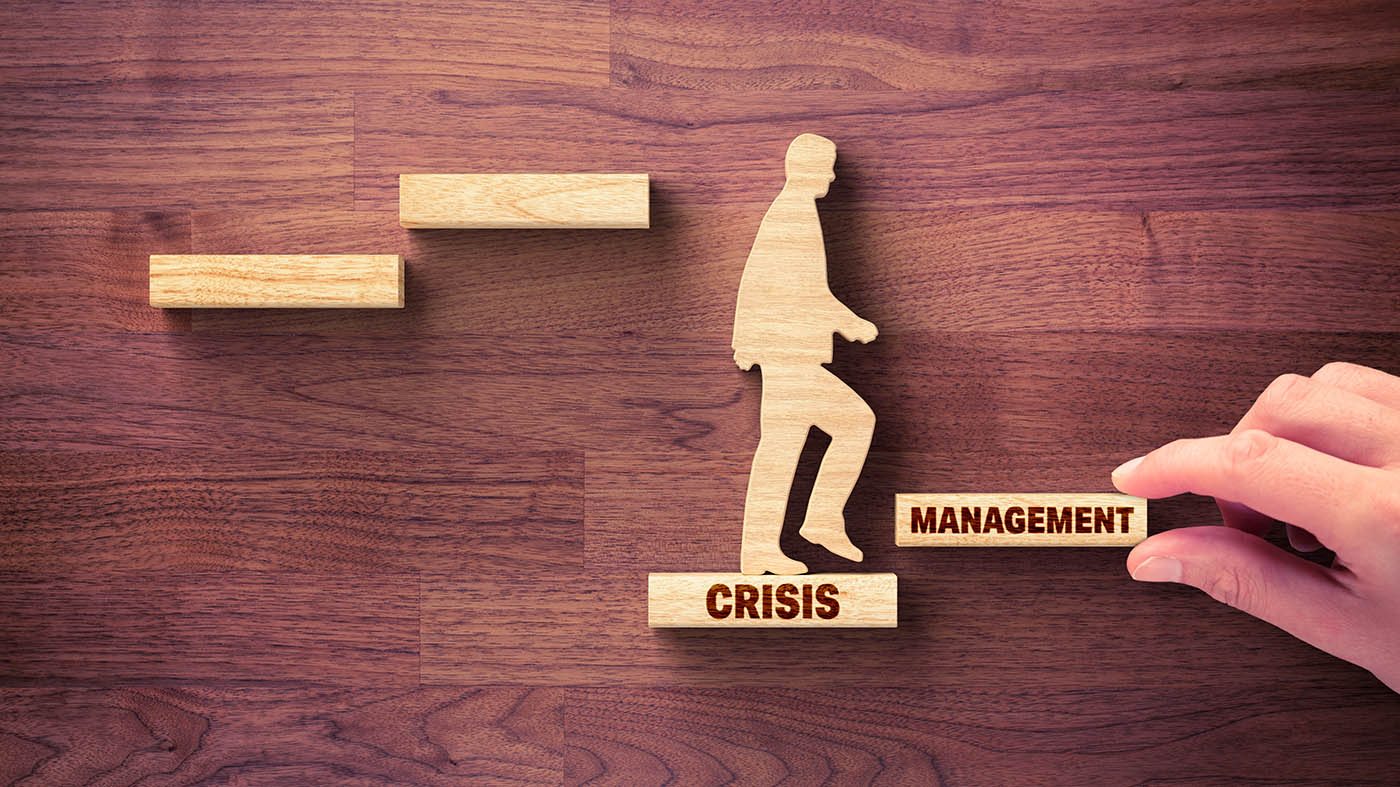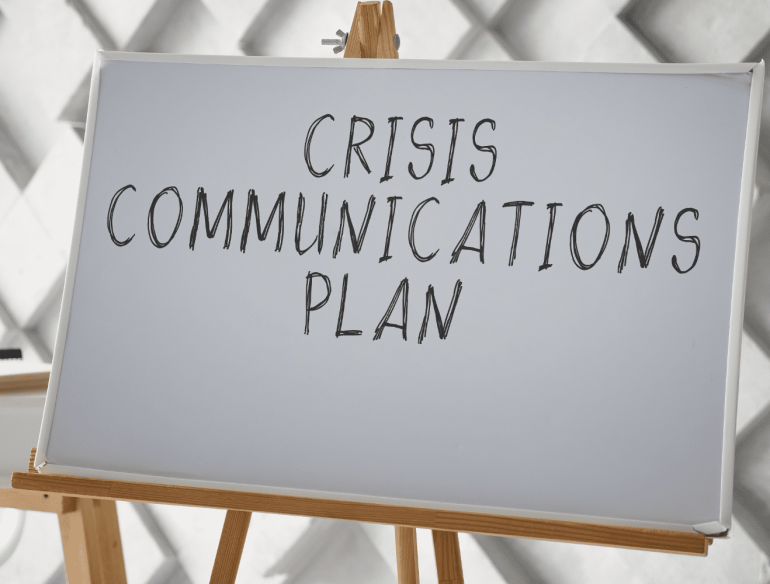In today’s interconnected business world, crises can emerge without warning and spread at lightning speed across digital platforms. Whether it’s a data breach, natural disaster, product recall, or public relations nightmare, how your organization responds in those critical first hours often determines the long-term impact on your reputation, customer trust, and bottom line.
A well-crafted crisis communication plan serves as your organization’s lifeline during turbulent times, providing a structured approach to managing information flow, maintaining stakeholder confidence, and protecting your brand’s integrity. Unlike your regular marketing communications, crisis communication requires immediate, transparent, and carefully coordinated messaging that addresses concerns while demonstrating accountability and empathy.
Understanding Crisis Communication Fundamentals

Crisis communication encompasses the collection, processing, and dissemination of information required to address emergency situations that threaten an organization’s performance and stakeholder expectations. This specialized form of communication differs significantly from routine business messaging, requiring immediate response capabilities, transparent disclosure, and carefully calibrated messaging that addresses multiple audience concerns simultaneously.
Effective crisis communication serves dual purposes: protecting your organization’s reputation externally while enabling and motivating employees internally to perform through challenging times. The external component shields your brand from reputational damage and guides public perception, while internal communication ensures your team remains informed, aligned, and capable of executing recovery efforts.
The digital age has fundamentally transformed crisis communication dynamics. Social media platforms can amplify negative narratives within minutes, making rapid response capabilities essential. Organizations must now monitor multiple channels continuously and respond with consistent, accurate information across all platforms to prevent misinformation from gaining traction.
Step 1: Conduct a Comprehensive Risk Assessment
Building an effective crisis communication plan begins with identifying potential threats to your organization. A thorough risk assessment examines both internal vulnerabilities and external factors that could trigger crisis situations. Consider scenarios such as financial disruptions, natural disasters, cyberattacks, product defects, workplace accidents, or regulatory violations that could impact your operations.
Utilize a risk matrix to prioritize potential crises based on their likelihood and potential severity. Engage stakeholders across departments to identify vulnerabilities that might not be immediately apparent to leadership. For technology companies, data breaches and system failures represent primary concerns, while retail businesses might prioritize supply chain disruptions and product safety issues.
Step 2: Assemble Your Crisis Response Team

A dedicated crisis management team ensures clear responsibilities and coordinated response during emergencies. This cross-functional group should include representatives from leadership, public relations, legal, human resources, and relevant operational departments to cover all communication angles effectively.
Key team roles include:
Crisis Response Lead: Typically a senior executive who coordinates response efforts and makes critical decisions. This person should have the authority to approve messaging and allocate resources quickly.
Primary Spokesperson: Serves as the public face of your organization during crises. This individual should be well-informed, display genuine empathy, and possess the communication skills to field challenging questions from the media and stakeholders.
Internal Communications Coordinator: Manages employee updates and ensures consistent messaging across internal channels. This role is crucial for maintaining workforce morale and operational continuity.
External Communications Manager: Handles media relations, social media responses, and stakeholder communications. This person monitors public sentiment and adjusts messaging strategies based on audience feedback.
Subject Matter Experts: Depending on the crisis type, include specialists such as legal counsel, technical experts, or industry professionals who can provide authoritative information. Their expertise lends credibility to your response efforts.
Ensure all team members understand their roles and have backup personnel identified to prevent delays if primary responders are unavailable. Maintain updated contact information for rapid team assembly when crises occur.
Step 3: Identify and Prioritize Stakeholders
Effective crisis communication requires a clear understanding of your various stakeholder groups and their specific information needs. Segment stakeholders into primary and secondary categories based on their level of impact and influence on your organization.
Primary stakeholders typically include customers directly affected by the crisis, employees managing crisis operations, and investors requiring reassurance about company stability. These groups need immediate, detailed updates and clear action steps.
Secondary stakeholders encompass media outlets monitoring the story, regulatory bodies overseeing compliance, industry partners dependent on your operations, and community organizations affected by your business activities. While important, these groups can receive information after primary stakeholders have been addressed.
Develop a prioritization framework that guides communication flow during crises. For example, during a service outage, customers and employees require immediate updates, while media statements can follow after internal alignment is achieved. Tailor messaging to each group’s specific needs: investors may require financial impact data and recovery timelines, while customers need actionable steps to resolve their immediate concerns.
Step 4: Establish Communication Protocols and Channels

Clear communication protocols ensure timely, accurate information sharing during high-pressure situations. Establish a hierarchical structure for information flow that prevents delays and maintains message consistency across all channels.
Create a reporting hierarchy that includes:
Initial Detection: The first person identifying a crisis escalates immediately to their direct supervisor. This could be a customer service representative noticing social media backlash or an operations manager discovering a system failure.
Management Notification: Department heads evaluate the situation and notify the Crisis Response Lead with all available details. This step ensures appropriate leadership engagement based on crisis severity.
Cross-Functional Coordination: The Crisis Response Lead convenes the crisis team, potentially including the CEO, legal counsel, and relevant department heads. This group makes strategic decisions about response approaches and resource allocation.
External Expert Engagement: For complex situations, bring in legal advisors, public relations consultants, or specialized experts to provide additional expertise. Their involvement enhances response credibility and effectiveness.
Select appropriate communication channels for different stakeholder groups and crisis types. Social media platforms enable rapid, wide-reaching updates but require careful monitoring and response management. Email newsletters work well for detailed customer communications, while internal messaging systems effectively reach employees quickly.
Step 5: Develop Pre-Approved Messaging Templates
Preparing message templates in advance significantly reduces response time during actual crises. Develop holding statements that can be quickly customized with specific crisis details while maintaining a consistent tone and key messages across all communications.
Create templates for:
Initial Acknowledgment Statements: Brief messages confirming awareness of the situation and commitment to providing updates. These buy time while you gather complete information.
Detailed Situation Updates: Comprehensive explanations of what occurred, current status, and steps being taken to address the situation. Include specific timelines when possible.
Stakeholder-Specific Messages: Customized communications for employees, customers, investors, and media that address their particular concerns and information needs.
Resolution Announcements: Messages confirming crisis resolution, lessons learned, and preventive measures implemented. These help restore confidence and demonstrate organizational learning.
Ensure all templates reflect your organization’s voice while maintaining empathy, transparency, and accountability. Include placeholders for specific details that will be added during actual crisis situations, enabling rapid customization without compromising message quality.
Step 6: Implement Training and Testing Procedures
Regular training and simulation exercises ensure your crisis communication plan functions effectively when needed. Conduct tabletop exercises that walk team members through various crisis scenarios, testing communication protocols and identifying potential improvements.
Training should cover:
Role-Specific Responsibilities: Ensure each team member understands their duties and decision-making authority. Practice coordination between different roles to identify potential conflicts or gaps.
Message Development: Train spokespeople in crafting clear, empathetic communications under pressure. Practice fielding difficult questions and maintaining composure during challenging interviews.
Technology Systems: Familiarize team members with communication platforms, monitoring tools, and backup systems. Ensure everyone can access and use these tools effectively during high-stress situations.
Media Relations: Provide media training for designated spokespeople, covering interview techniques, message discipline, and handling hostile questions. Practice both traditional media and social media interactions.
Schedule regular plan reviews and updates to reflect organizational changes, new risk factors, and lessons learned from actual incidents or exercises. This continuous improvement approach ensures your plan remains current and effective.

